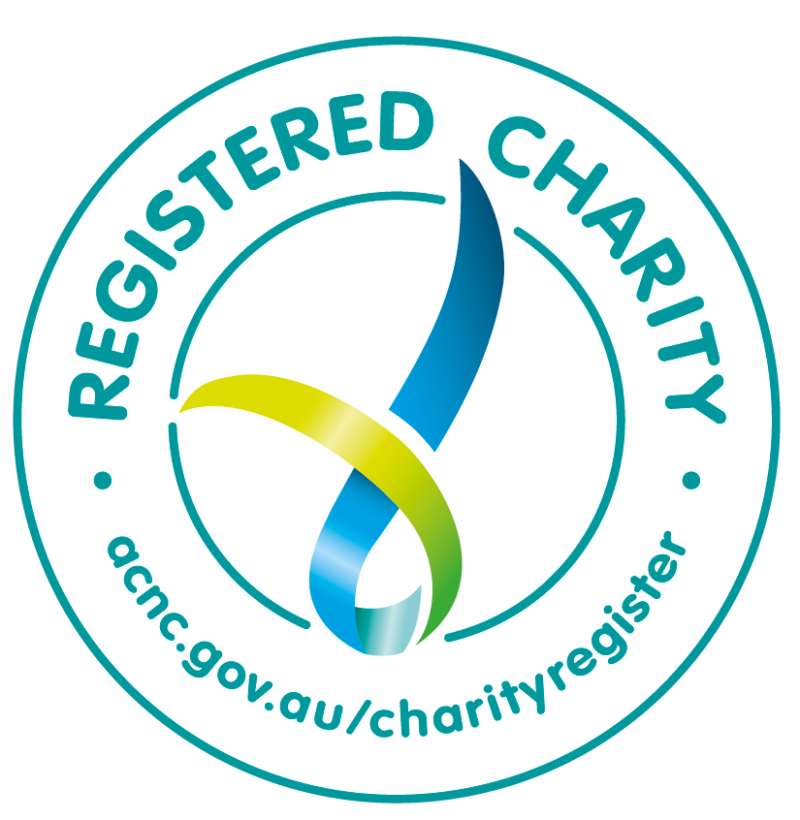Like many, we have recently been reading and hearing about the incredibly shocking reports circulating about allegations of sexual assault and rape of young girls. A petition initiated by Chanel Contos, a former student of Sydney’s Kambala Girls School has since gone viral, with more than 3,000 testimonies from current and ex-students who experienced sexual assault by other students, some as young as 13. Of the thousands of testimonies, most involve allegations against male students from elite private schools across Sydney.
The petition has since instigated the heads of many of these elite private schools to call for an overhaul of their consent and sexual education programs. It’s quite clear there is some serious work to do across schools involving the topic of consent, but as parents and especially fathers, we encourage you to start the conversation with your children now. There is no part of your kids’ lives where you are needed more than in teaching them about respectful relationships and sexuality.
Here at The Fathering Project, many parents have asked us for guidance on this subject and we believe there has never been a more important time to address this issue and have the conversation with your children. Whether your child is in pre-school, primary school or high school, the topic of consent needs to be voiced and can be done so in an age appropriate way. Education around consent, respect and boundaries starts in the home, and is modelled from a young age. It may be an uncomfortable conversation to have, but you’ll thank yourself later.
Not sure how to start the conversation? We have some tips and guidance.
1. How can I start the conversation about consent with my adolescent?
- Start the conversation in a comfortable and casual environment – when you’re sitting next to them driving in the car or doing the washing up.
- Fathers with sons, having a conversation about this is very important – take time to sit with them, or walk with them and have a conversation about the recent events, and what it is really saying to us as a society, as a man or boy.
2. Respect
Model what respect looks like in the home. Teach your sons and daughters to give and expect respect. Teach your son to respect women and to understand boundaries, verbal and non-verbal cues. For fathers with daughters, girls learn from their dads how they can expect to be treated by men.
3. Talk with your teen not at them
Ask open-ended questions, use active and reflective listening (repeat what they said in your own words). So they know you’re listening and feel comfortable.
4. Don’t force it
Look for opportunities to gradually introduce themes relevant to consent by asking open-ended questions about boundaries e.g. ask question related to a tv show that’s on, a song that’s playing or something you saw on online.
5. Normalize the discussion of consent
Even if your teenager rolls their eyes – by continuing to talk about consent in daily life, you normalize it. You allow them to feel more comfortable, so if and when a sexual encounter arises, they can confidently voice their consent, whether it be a yes or no. Ensure they are also aware that asking for and waiting to hear a ‘yes’ doesn’t mean they continue until they hear the word ‘no’. Body language cues are just as important as verbal.
6. Talk Boundaries
This is an important conversation to have with your child. You can start this when they are small and build on it as they grow older. You can start when they’re little, e.g. don’t encourage them to “go shake their hand” “go give him a kiss” “give them a hug goodbye” without acknowledging they may be uncomfortable to do so. Their body belongs to them and it’s ok not to hug, kiss or shake hands if they don’t feel comfortable.
Embed the idea of boundaries from a young age, even before they can start talking. When they grow up they’ll feel more comfortable implementing and sticking to their boundaries.
6. Teach your child about sexual harassment from an early age, or at least, try to start before puberty
That it’s not ok to touch inappropriately, pull on bra straps, push themselves onto another – we need to start the conversations as early as possible to prevent this happening in adolescence and adulthood.
REMEBER
Consent is much broader than sexual, it starts with permission and how children and teens show respect for themselves and others. Consent should be addressed in an age appropriate way across all years of schooling and before school.
How to model and teach the idea of consent
- Early years – show consent in a non-sexual way, e.g. it’s ok not to share their toys or give hugs if they don’t want to. Teach them that consent goes both ways, that they must ask somebody first before hugging them, holding hands, or playing with their toys.
- Later years – lessons should include intimate and sexual scenarios, as well as consent in the digital space e.g. talking about harassing online, sending explicit images. Also make your teen aware that wearing certain clothes, flirting or kissing isn’t an invitation for sexual advances. They have a right to their own body. Teach them that it’s more than just yes means yes and no means no and focus on the grey areas to ensure children and adolescents understand what’s acceptable and what isn’t.
Have you enjoyed this article? For more insight on social issues affecting fatherhood, check out our blog.
If you or someone you know needs help, support or advice, there are many services available.
Lifeline
13 11 14
Kids Help Line
1800 55 1800
Mens Line
1300 78 99 78
Relationships Australia
1300 364 277



